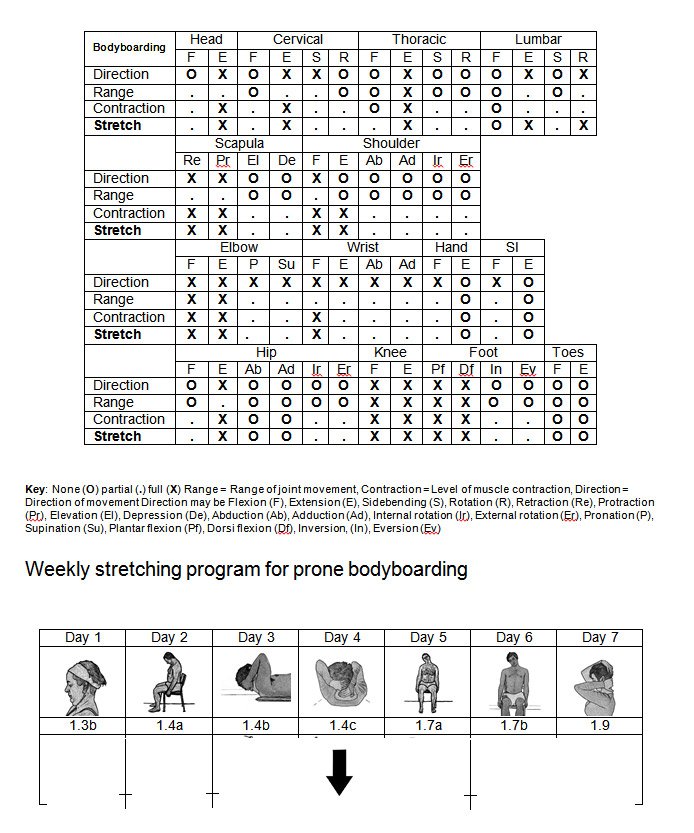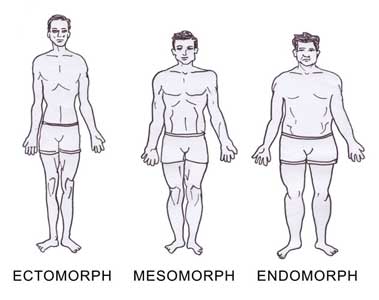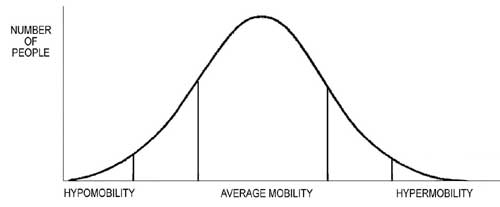Bowling Underarm – Ten-pin bowling, flat green bowling and crown green bowling
Ten-pin bowling is a sport and popular leisure activity where players compete to knock down as many pins as possible standing at the end of a wooden or synthetic bowling lane with a large ball.
Bowls or lawn bowls is a sport leisure activity where the objective is to roll large balls over grass surfaces so that they stop as close as possible to a smaller ball called a jack. The large ball is weighted on one side or biased so that it rolls in a slight arc.
In flat-green bowls the green is flat and bowling occurs along parallel playing strips called rinks. In crown-green bowls the green is convex or uneven. Both types are normally played outdoors on manicured grass and there are many variations in the shapes and sizes of greens. There are however more indoor clubs starting up which play on synthetic surface.
All the underarm bowling sports require skill and good shoulder flexibility especially full shoulder flexion and scapula protraction and good elbow movement. Stretch the agonists (the muscles that contract) because they will shorten with use and stretch the antagonists to allow movement to occur.
Bowling involves head extension, upper cervical extension and lower cervical flexion, …..
Bodyboarding
Bodyboarding, also known as Boogieboarding is a surface water sport in which the surfer rides a bodyboard on the crest, face or curl of a wave towards the shore using swim fins for additional propulsion and control while riding the wave.
The bodyboard is a short, rectangular piece of hydrodynamic foam, sometimes containing a short graphite rod within the core. There are three ways of riding a bodyboard prone, dropknee, or stand-up. Prone riding is riding the wave on your stomach. Dropknee is when one places one fin forward flat on the front of the deck and with the opposing knee on the bottom end of the board with his fin dragging behind in the water. Stand-up consists of standing upright on the board and performing tricks on the face of the wave as well as in the air.
Bodyboarding requires coordination and balance. The prone method is described here under bodyboarding. Stretches for the stand-up method are described under surfing.
Prone bodyboarding involves: head, cervical, thoracic and lumbar extension, thoracolumbar rotation, sacroiliac flexion, scapula retraction, shoulder flexion and extension, elbow flexion and extension, wrist flexion, hip extension, knee flexion and extension, ankle dorsiflexion and plantar flexion.

Welcome to Safe Stretch
Safe Stretch – a comprehensive guide to stretching which takes into account the similarities and differences between people.
Stretching has many benefits, including increasing physical fitness and range of movement, improving posture, reducing stress and fatigue and easing pain . But stretching has great dangers, including ligament sprains, muscle strains and problems associated with joint mobility, flexibility and stability. If done correctly, stretching can help improve posture, but if done incorrectly it can exaggerate poor posture and lead to problems. Safe Stretch provides stretches that are safe, explains how to avoid the dangers and shows you how to improve your posture.
 Everyone is different and a ‘one size fits all’ approach to stretching can be dangerous. Individual differences in posture and flexibility exist because of genetics and lifestyle factors, our age, emotions, and history of injury. Safe stretch is a stretching book which takes these difference into account.
Everyone is different and a ‘one size fits all’ approach to stretching can be dangerous. Individual differences in posture and flexibility exist because of genetics and lifestyle factors, our age, emotions, and history of injury. Safe stretch is a stretching book which takes these difference into account.
Safe Stretch explains how to stretch, and provides an extensive list of stretches, that are safe to do if there is no disease or dysfunction present and certain conditions are met. Some stretches are unsafe and should not be done under any circumstances. Other stretches are relatively safe. Because humans are different, they will be fine for some but not for others, and relatively safe stretches may need modifying depending on the person or the situation. Any stretch, even a safe stretch can become problematic when done by people with a disease, such as osteoarthritis or a dysfunction such as a restricted joint or a short muscle – these and other factors are all considered in the book.
A huge range of genetic variability exists in the shape of human beings. Some people are short and some are tall, some are stocky and some are thin. The size and shape of the human body, its bones and joints, but also its muscles and ligaments, is important because it influences range of movement and flexibility. In general, a slim person will have greater flexibility than a stocky person and a stocky person will have greater stability than a skinny person.
Other important genetic factors influencing mobility is the variation in elasticity of the ligaments and joint capsules. Ligaments are the first level of support for the body, the ‘elastic bands’ holding the bones together. The flexibility and strength of ligament depends on the amount of collagen, elastin and other materials present in the ligaments and these vary between people and within different parts of the body.
 A range of flexibility exists across all human beings, with very flexible or hypermobile people at one end of the spectrum and very stiff or hypomobile people at the other end, and following a typical bell curve pattern most people are in the middle with average mobility.
A range of flexibility exists across all human beings, with very flexible or hypermobile people at one end of the spectrum and very stiff or hypomobile people at the other end, and following a typical bell curve pattern most people are in the middle with average mobility.
Lifestyle factors also influence mobility. Sedentary activities such as desk work, driving a car, or sitting watching TV affect our body – muscles become weaker and shorter, ligaments become less elastic and joints get stiffer. Injuries to muscles or ligaments can lead to scaring and adhesion formation, which are less elastic and not as strong as the original tissue. These should be temporary tissues, bridges between the damaged tissue and new healthy tissue. If however the injury does not receive treatment or is over-rested, then the body may retain these tissues and the area will be weaker and less flexible. Anxiety, depression and other mental issues can increase muscle tension, which can also lead to increased joint stiffness.
Depending on the cause of the muscle tightness or joint stiffness it can either be generalised and affect the whole body or it can be localised and affect one joint or muscle or a small area of the body. Most stretching problems occur when excessive force and leverage is applied to a body that has localised stiffness and may also have other areas with increased flexibility. Safe stretch takes this possibility into account and recommends the most appropriate stretches and advises on the correct execution of the stretching technique, depending on the region of the body affected.
The book contains hundreds of photographs and line drawings showing stretches for every part of your body. Each stretch is marked with key symbol which make it possible to combine the stretches in different ways for different sports and activities and target the right muscles. In addition there are mini-routines for when you are short of time.
Safe Stretch is suitable for beginners interested in learning the techniques and professionals wanting to know what happens and why. It is useful for people who work with their own body or people who work on other people’s bodies. In the first group are manual workers, musicians, dancers, yoga students, personal trainers, sports coaches, athletes and anyone engaged in sports activities. In the second group are masseurs, osteopaths, physiotherapists, chiropractors, manual therapists, yoga teachers, naturopaths, medical doctors, exercise physiologists, Pilates teachers and aerobics class instructors. The stretches can be used prescriptively for a wide range of problems encountered by the therapist.
Purchase of the book can be combined with a personalised appraisal of joint mobility, muscle flexibility, with specific needs taken into account to create a set of stretches that are best suited to the person assessed. The assessment is done by the author of the book Rowland Benjamin at one of his clinics in Western Australia. The Assessment Prescriptive Stretching Program is based on seven parameters: 1. Range of joint movement 2. Posture 3. Body type 4. Age 5. Mobility index 6. History 7. Needs. Details of the program can be found on the website www.safe-stretch.com
Safe Stretch is currently available from all major bookshops
A limited number of black and white copies are also available directly from the author at a cost of AU $90 plus postage. For the purchase of any of these copies or if you are interest in the Assessment Prescriptive Stretching Program please fill out the contact form



